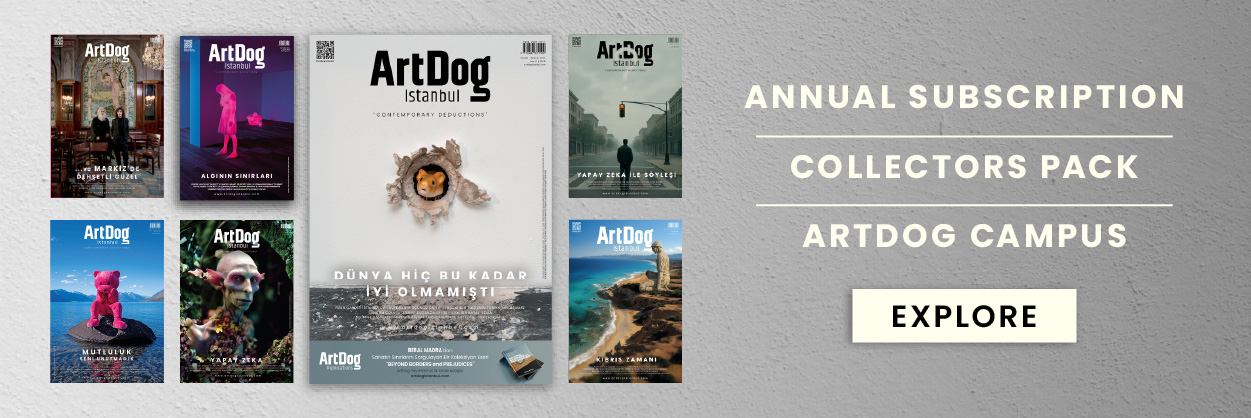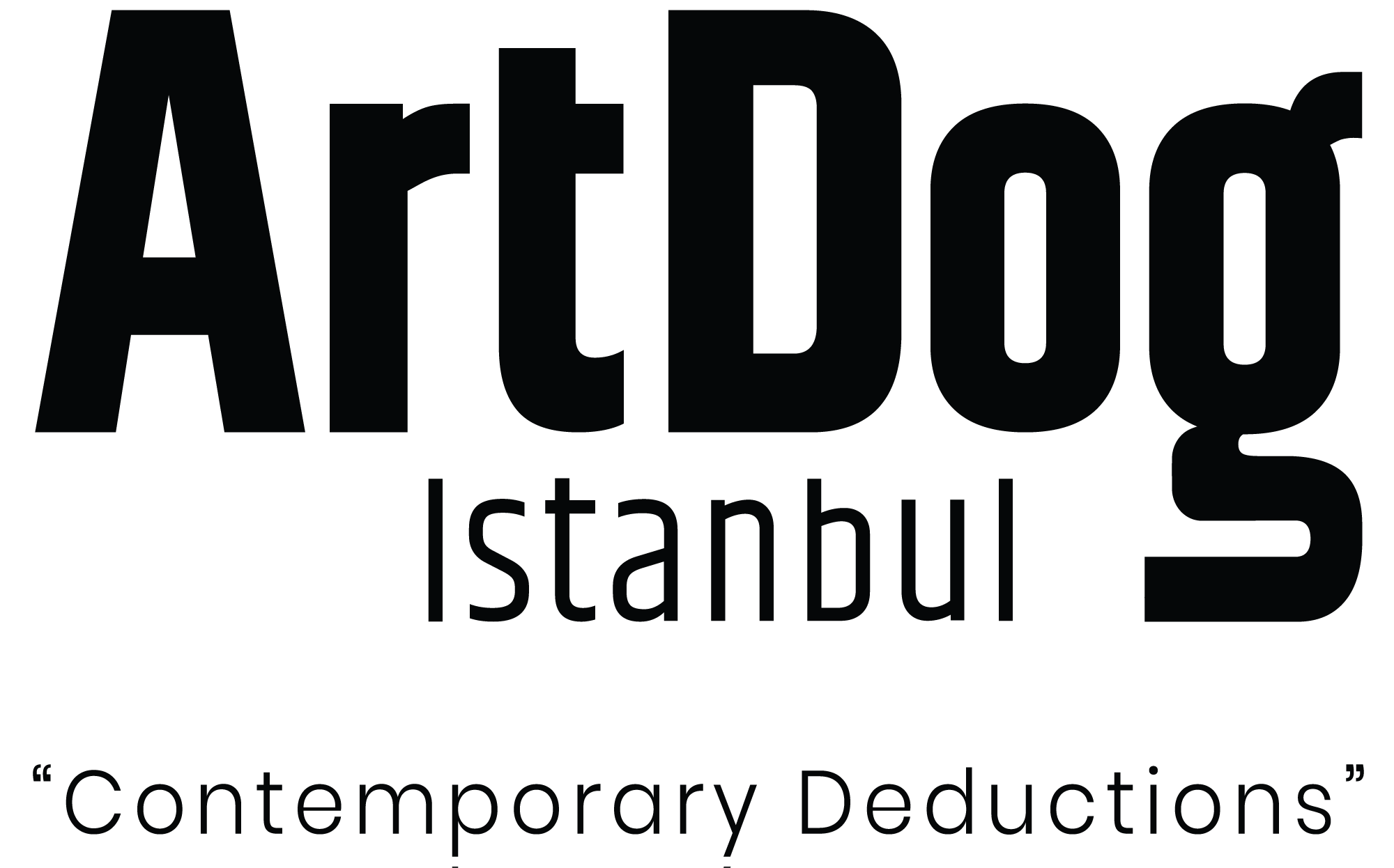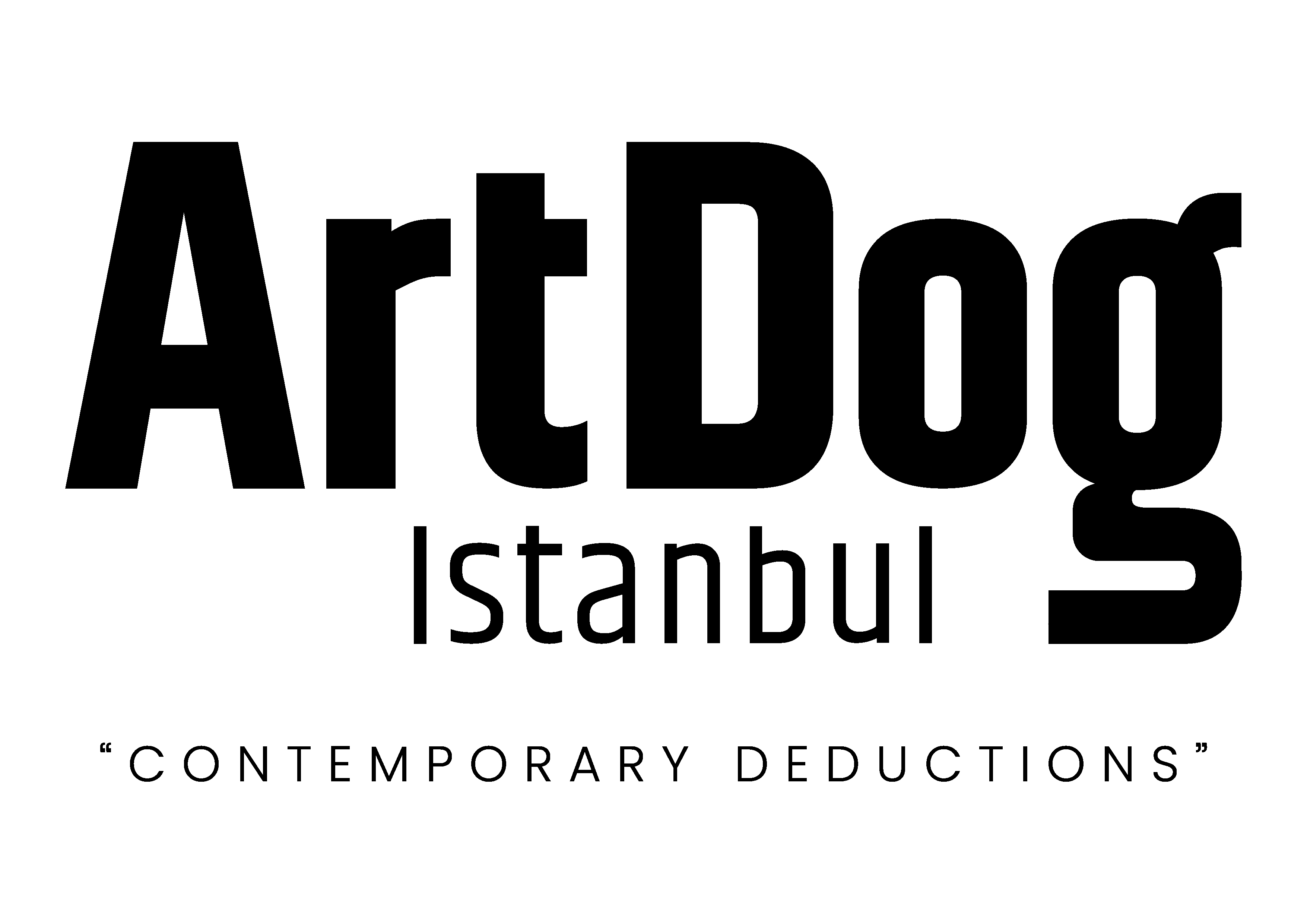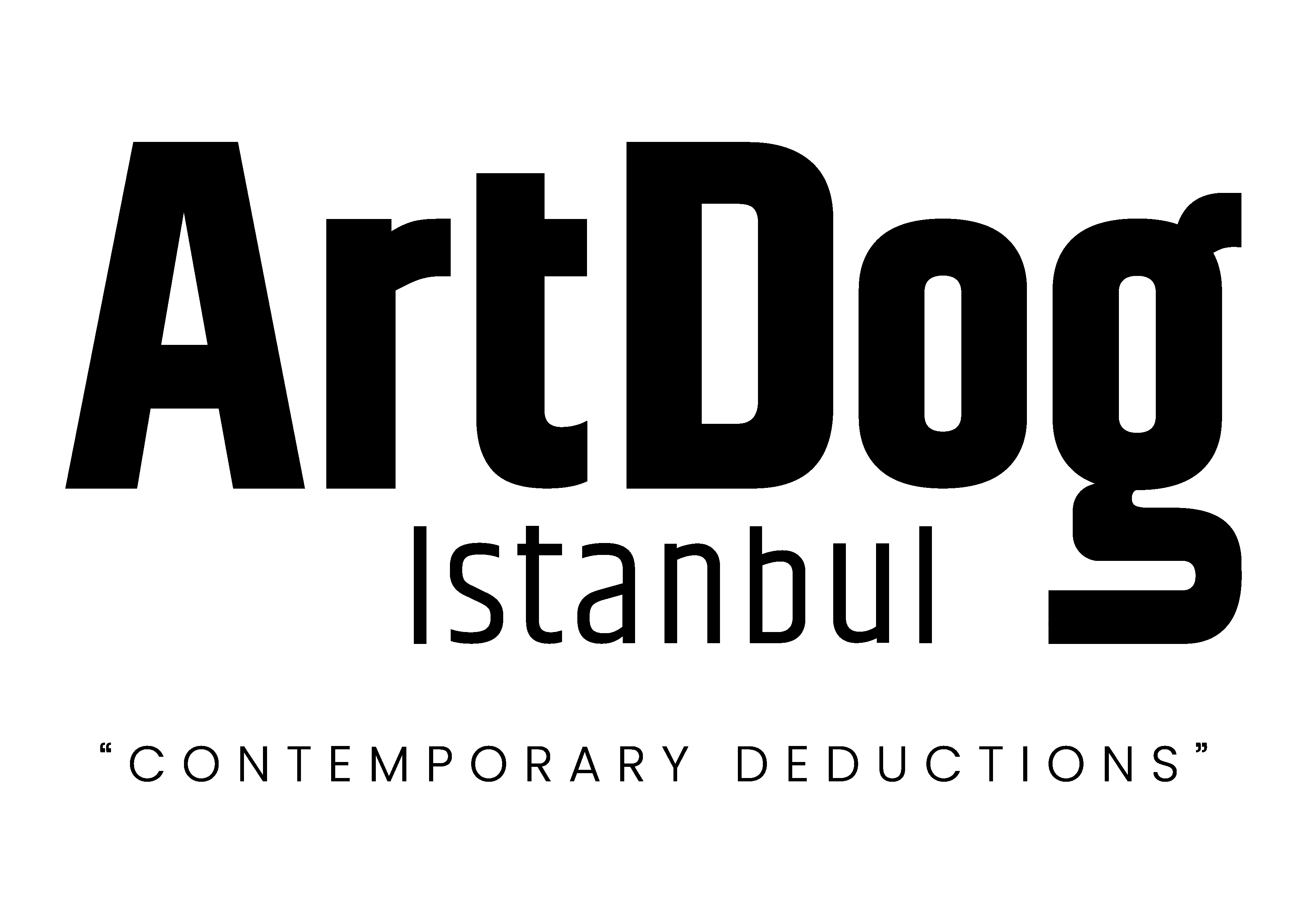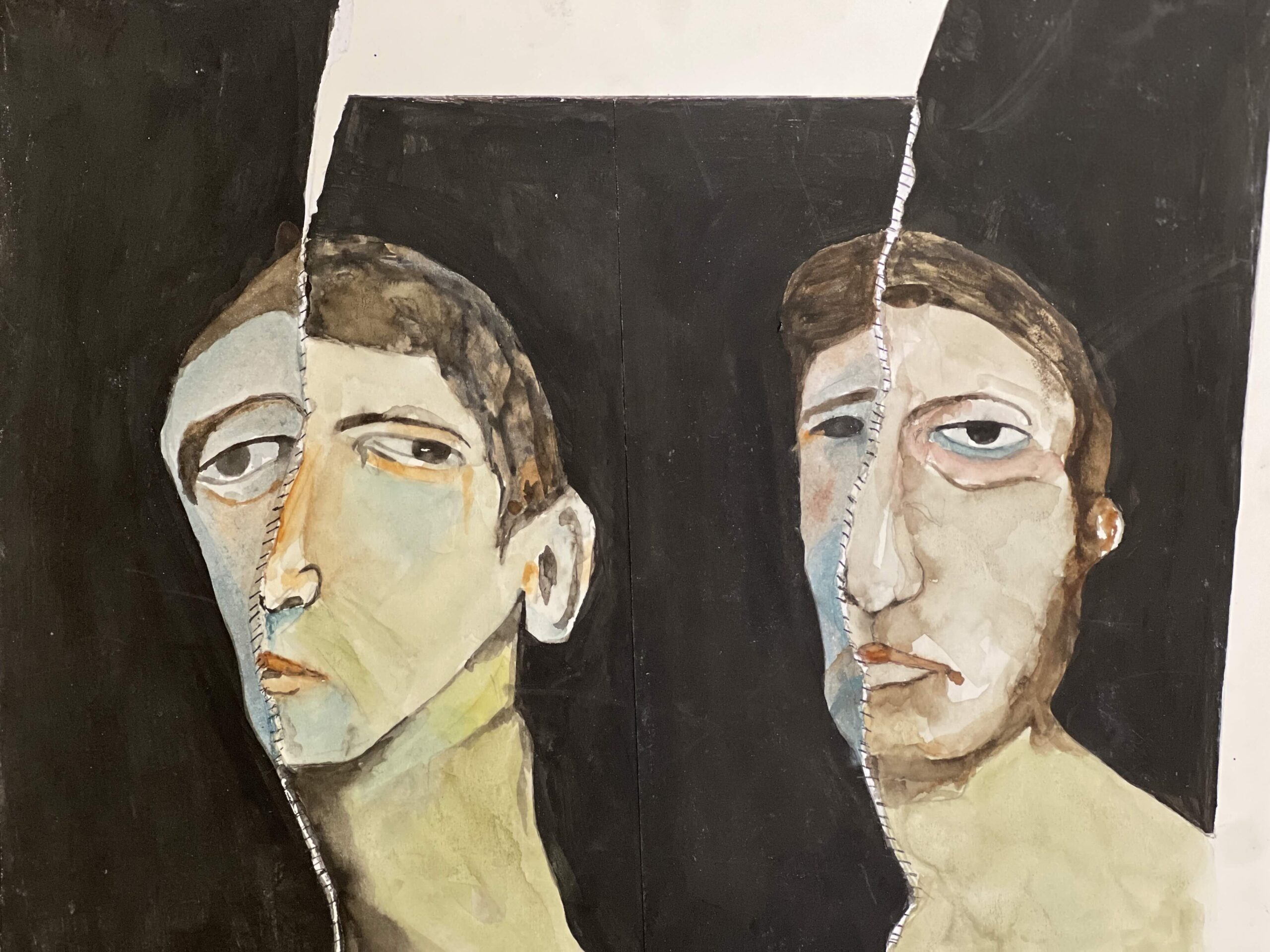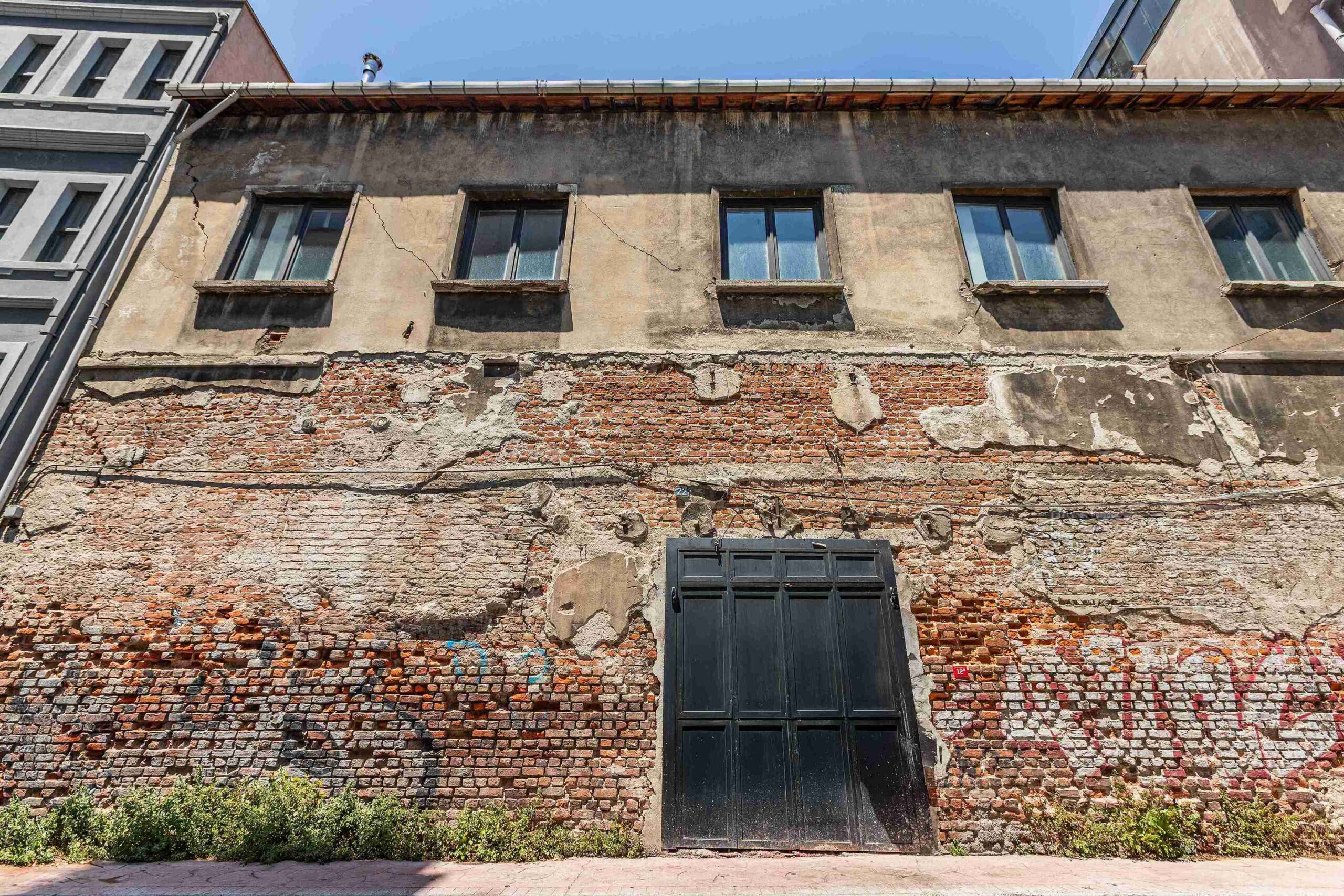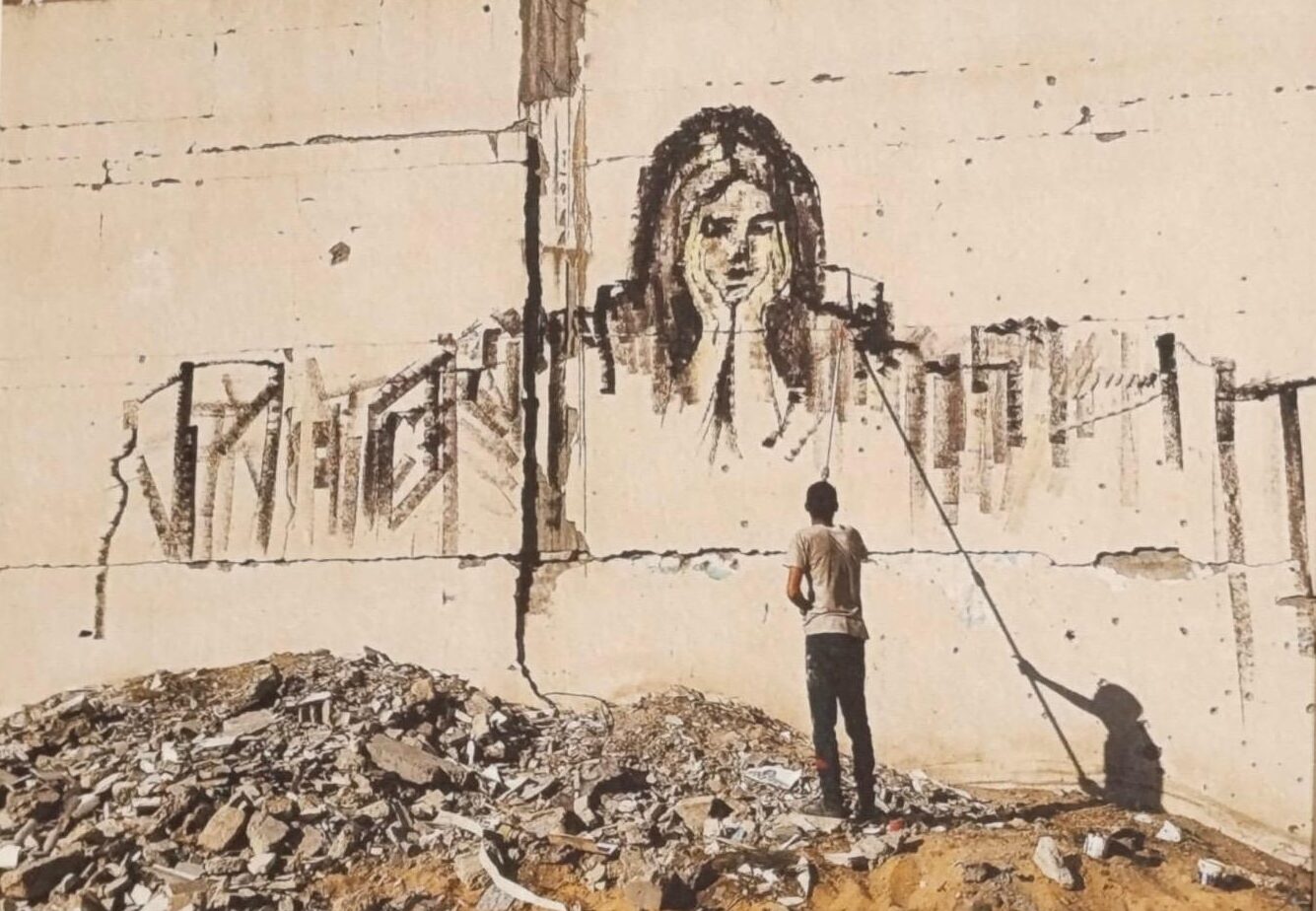No war can stop the dreams of dreamers, no mechanism of domination can extinguish the light in the hearts and minds of creators.
— Gaza Biennial Collective Statement, 2024
“There is no ‘us.’ There are only people willing to look at suffering and those who are not.” Susan Sontag, Regarding the Pain of Others
Have we become desensitized to war? Is its effect on us limited to the random images we see in the press and on social media? What is shown to us, and how much do we choose to view? What does the inability to access all the resources brought about by war take away from an individual or from an artist’s work? Is it possible to depict war through art to those who prefer not to see it? Maybe these are questions that will never be answered, or that cannot be answered with a single response. Still, the artists who formed the Gaza Biennial Initiative continue to use art as a tool of resistance, answering questions and creating new ones.
Can the art world today focus on the reality of Gaza? Should Gaza artists create art under the burden of genocide? Will the art community honor these works instead of exploiting them? Founded in April 2024, the Gaza Biennial addresses these questions. It aims to put art at the center of a global awakening, make the art world confront the reality of genocide, serve as a form of resistance, and respond to the urgent need to recognize the complexity of human life.
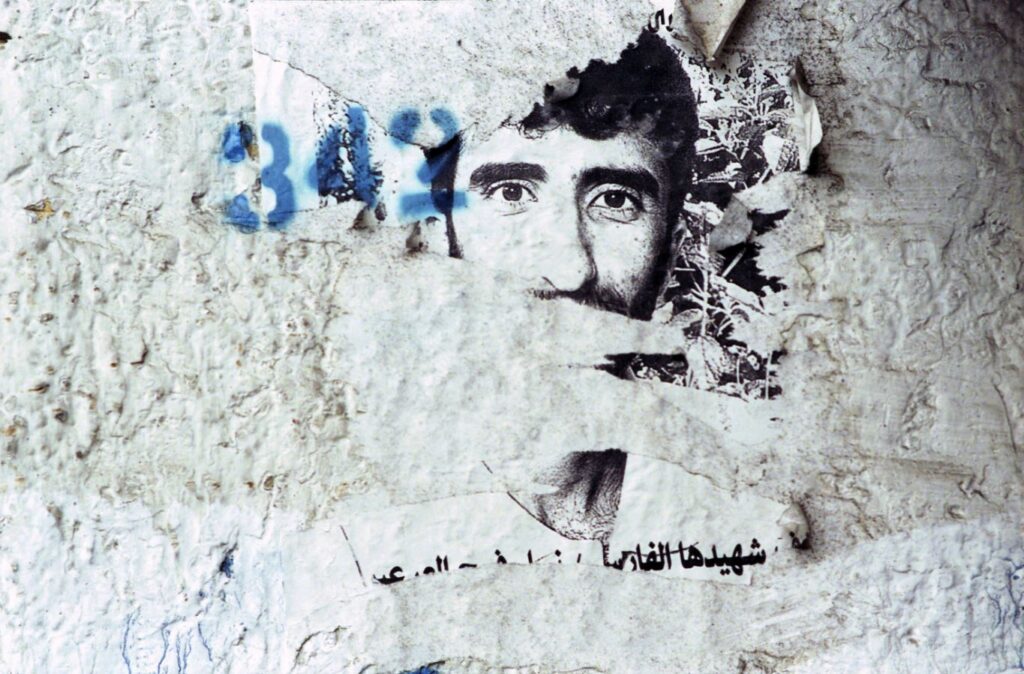
A BEACH UNDER SIEGE
Beyond traditional exhibition frameworks, the biennial’s creative methods center on “a people’s struggle for survival” as its core artistic purpose. Its message to viewers is layered and sharp: The biennial invites them to “look deeply within themselves, learn from the struggle, and bow with humility before the fragility of life in this world.” In their 2024 manifesto, the initiative urges the world, artists, and cultural institutions to “work together in solidarity with Palestinian artists, to support them, to ensure that their voices and stories continue to exist, that their works remain evidence of struggle and resistance, and that they serve as a light illuminating the path for humanity in the most difficult times,” because “no war can stop the dreams of dreamers, no mechanism of domination can extinguish the light in the hearts and minds of creators.”
In 2024, Gaza artists, in collaboration with the Forbidden Museum Al Risan (Ramallah) on the Al Risan mountain in Ramallah, launched the Gaza Biennial as a form of artistic resistance from a besieged beach. Since then, art institutions worldwide have hosted the Gaza Biennale Pavilions through diasporic solidarity efforts. Depo is hosting the event in Istanbul.
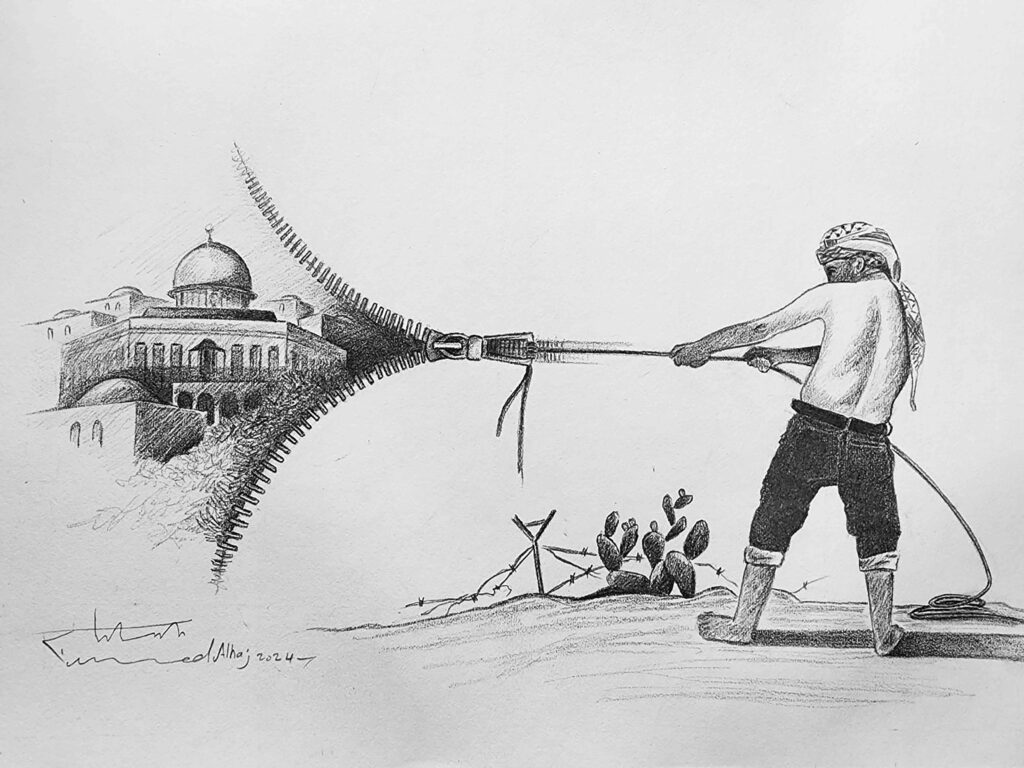
Furkan Akhan’ın sanatçı ile işbirliği içinde gerçekleştirdiği füzen duvar resmi olarak sunulmuştur. 800 x 220 cm.
©Mohammed Alhaj. ©Furkan Akhan. Mohammed Alhaj, Furkan Akhan ve House of Taswir’in izniyle.
GAZA BIENNIAL IN ISTANBUL
The Gaza Biennial’s Istanbul Pavilion opens on the evening of September 19 at Depo. Gaza Biennial – Istanbul Pavilion: A Cloud in My Hand explores solidarity amidst war and destruction, and ways to keep creating and sharing. House of Taswir curates the exhibition, which features works by more than fifty artists from Gaza and other regions. Following the France, Denmark, and Edinburgh Pavilions, the Biennale will debut in Istanbul. Afterward, the New York and Valencia Pavilions will follow. During the Greek Pavilion opening on September 18, there will be a live broadcast of the Istanbul Pavilion events.
Gaza Biennial – Istanbul Pavilion: A Cloud in My Hand, featuring over 50 artists from the Gaza Biennial Initiative, is organized by the House of Taswir in collaboration with Addar Center Istanbul and Forbidden Museum Al Risan (Ramallah), with contributions from Reine Chahine, Khaled Tanji, Kubilay Özmen, and Sinan Eren Erk. The House of Taswir is an international platform for artistic research and diasporic thought, founded and art-directed by A.S. Bruckstein Çoruh. Working with artists, thinkers, academics, collectors, and institutions worldwide, the organization hosts exhibitions and research projects, explores new institutional formats, develops free association and poetic application techniques, investigates dissemination principles, and connects objects, locations, people, and places.
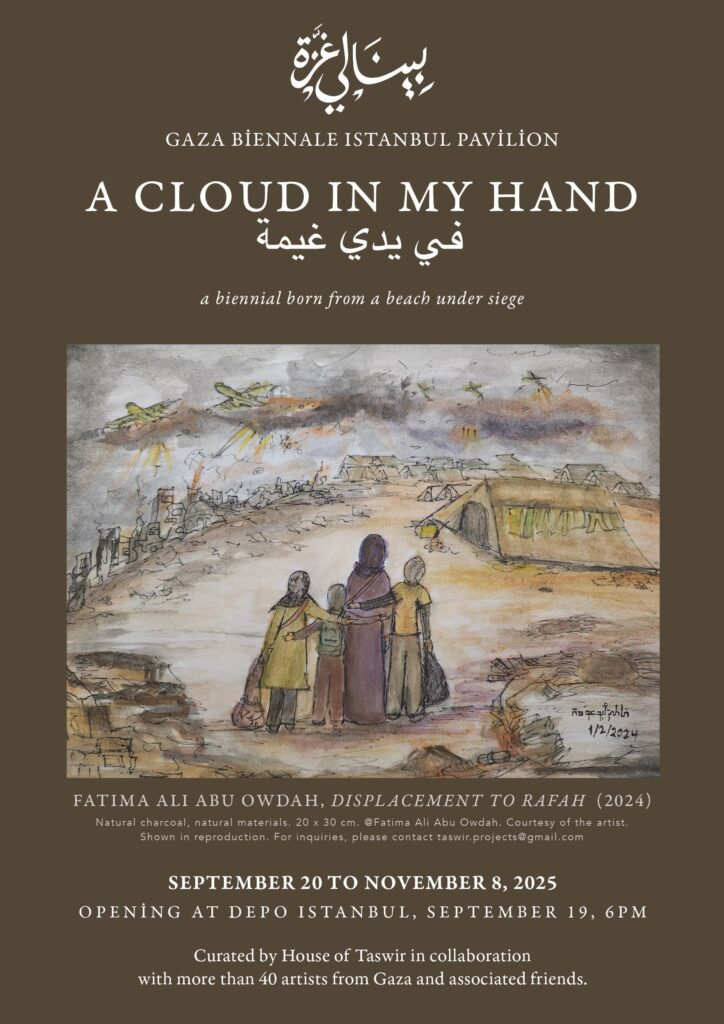
Artists contributing works to the Gaza Biennial’s Istanbul Pavilion include Alfredo Jaar, Walid Raad, Ghayath Almadhoun, Eyal Weizman & Forensic Architecture, Michael Barenboim, and Furkan Akhan.
Gaza Biennial – Istanbul Pavilion: A Cloud in My Hand has to address a very real challenge. Neither the artists from Gaza nor their work can circulate freely. Creative methods of thinking and exhibiting are used at the Biennial to overcome this obstacle. Featuring collaborative creation, ghostwriting, tele-interviews, and collaborative installations, the Biennial also rethinks exhibition practices. Video portraits, cell phone dialogues, and wall writings are some of the distinctive formats featured in the exhibition.
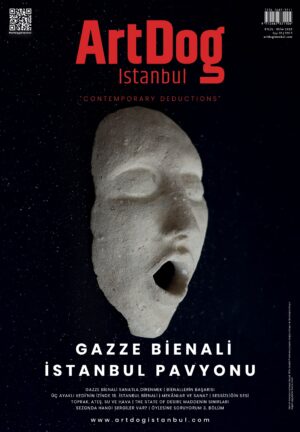
Issue 30 is Now Available!
Get it in both print and digital versions.
Turkish Edition

